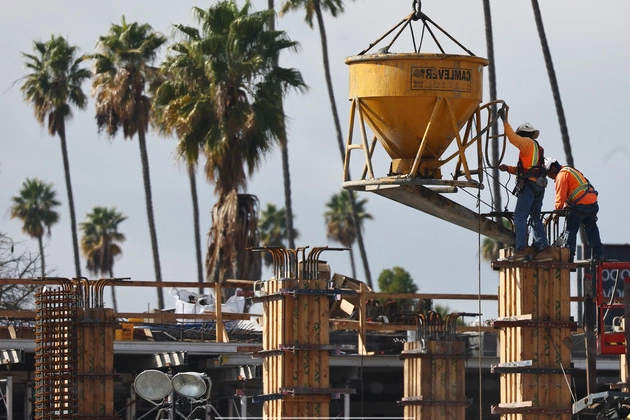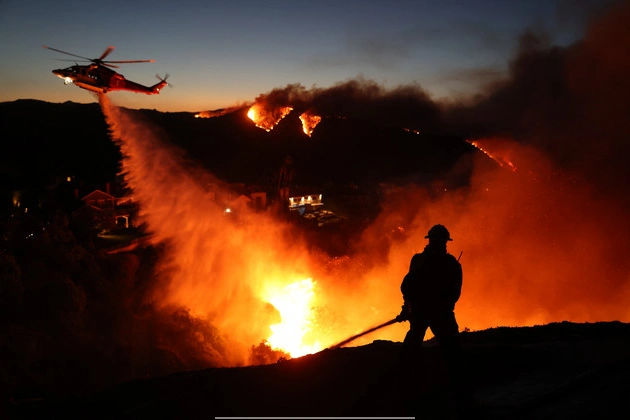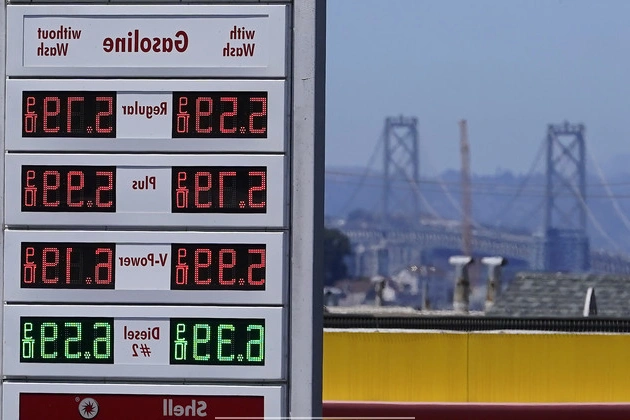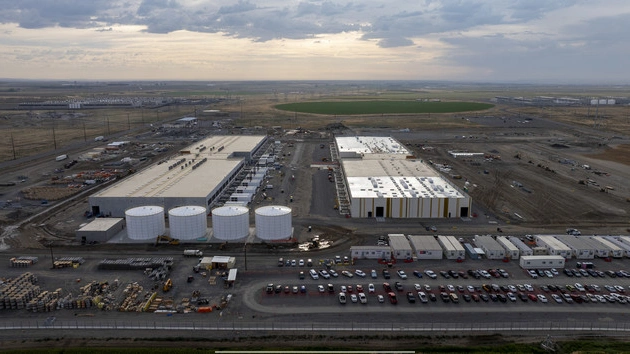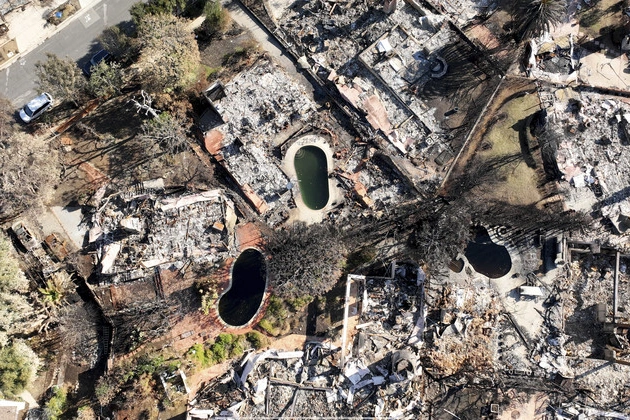
California’s Fire Tax Dilemma
California is facing a significant challenge with the introduction of a new fire tax that could impact nearly all residents. The escalating cost of fire insurance, once a concern limited to rural areas, has now become a statewide issue affecting urban and suburban regions as well.
The recent wildfires in Los Angeles have pushed the state’s insurer of last resort to the brink of financial exhaustion, prompting the implementation of a surcharge on property insurance bills. This unprecedented move underscores the far-reaching consequences of natural disasters, exacerbated in part by climate change, on individuals’ finances.
The Financial Fallout
The FAIR Plan, mandated to offer last-resort insurance in California, finds itself grappling with losses exceeding $4 billion from recent fires, surpassing its available funds. To bridge this gap, the Plan is now shifting $1 billion in costs to member companies, who, in turn, may pass up to $500 million directly to policyholders.
This cost-sharing initiative marks a significant departure from past practices and reflects the mounting financial pressures faced by insurers in the wake of escalating wildfire risks. The FAIR Plan’s insured properties have tripled in value since 2020, reaching $458 billion, outpacing its financial reserves.
National Precedents and Future Trends
California’s experience with a surcharge mirrors precedents set in other states like Florida, where insurers of last resort have long levied similar fees on policyholders following catastrophic events. A growing number of states are adopting this approach, signaling a broader trend of cost distribution among insurance customers.
The impending surcharge in California has sparked contentious debates over its fairness and necessity. Industry representatives argue that passing costs to consumers is essential to stabilize the insurance market and prevent widespread policy cancellations. In contrast, consumer advocates are exploring legal avenues to block this cost transfer, emphasizing the need to hold insurers accountable for their actions.
Proposed Solutions and Legislative Initiatives
Amidst this debate, proposed legislative measures aim to address the financial strain on policyholders. Assembly Bill 226 seeks to provide the FAIR Plan access to state-backed loans, offering a potential mechanism to spread costs over an extended period. Similarly, Senate Bill 222 proposes holding oil and gas companies liable for disaster-related expenses, offering a path to recouping losses and easing the burden on consumers.
As the state navigates these complex financial challenges, the role of policymakers, insurers, and the public in shaping equitable solutions remains pivotal. Stay informed on the evolving landscape of California’s fire tax impacts and join the conversation on sustainable disaster financing.






